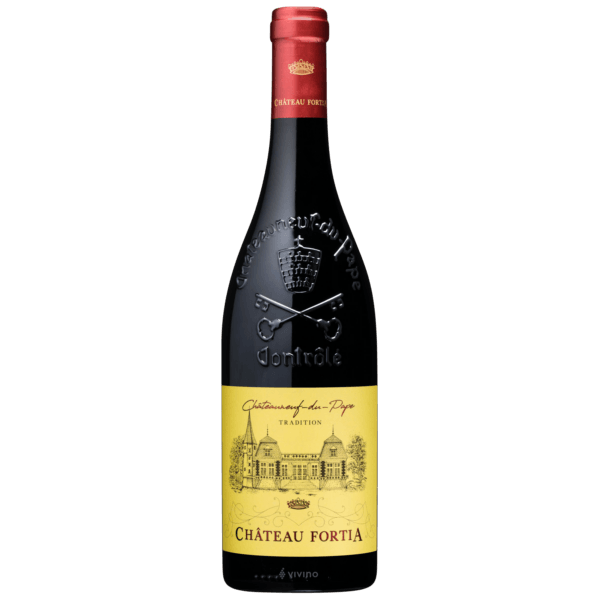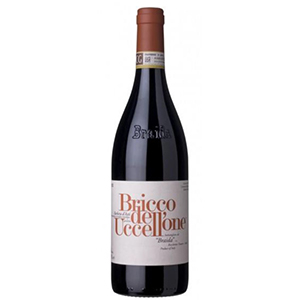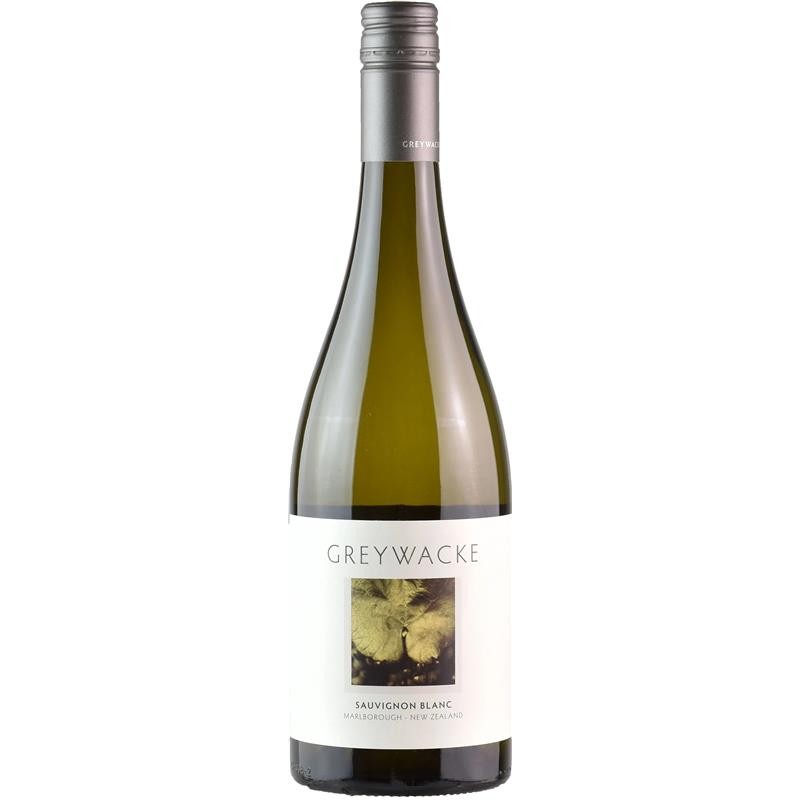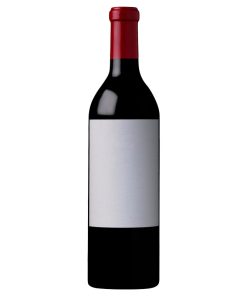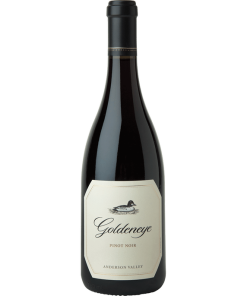2018 Chateau Fortia Chateauneuf-Du-Pape
2018 Chateau Fortia Chateauneuf-Du-Pape
Ruby red color with blue reflections. Intense and frank nose, with ripe and fresh red fruits. Sweet spices, coriander. Tasty and delicious attack. The mid-palate is well in place, with richness and tension. The tannins are soft and well-integrated. Notes of ripe candied fruit, sweet pepper and licorice.
Blend: 40% Grenache, 40% Syrah, 20% Mourvedre
Robert Parker’s Wine Advocate (93/100)Jeb Dunnuck (91/100)
The 2018 Chateauneuf du Pape Cuvee Du Baron (40% Grenache, 40% Syrah, and 20% Mourvedre) is cut from the same cloth yet has a touch more acidity as well as structure. Notes of Bing cherries, roasted garrigue, new leather, licorice, and ground pepper all emerge from this more medium-bodied, fresh, focused 2018 that has building tannins and outstanding length. Give bottles 2-3 years and enjoy over the following decade.
The Domain Chateau Fortia, is one of the oldest of Chateauneuf du Pape. The estate is situated in the “grenade” neighborhood where the lands are cultivated with vines since the 17th century. It is in the 19th century that Paul Antoine de Fortia, son of Hercule Paul de Fortia developed the vineyard and constructed new buildings; a notorized act of 1815 mention a castle named “la Fortiasse”. You can’t help but feel the sense of the history of Chateauneuf du Pape, when you see the beautiful buildings at Fortia.
Only about 6-7% of wine from Chateauneuf-du-Pape is white wine. Blends and single-varietal bottlings are typically based on the soft and floral Grenache Blanc but Clairette, Bourboulenc and Roussanne are grown with some significance.
The wine of Chateauneuf-du-Pape takes its name from the relocation of the papal court to Avignon. The lore says that after moving in 1309, Pope Clement V (after whom Chateau Pape-Cl?ment in Pessac-L’ognan is named) ordered that vines were planted. But it was actually his successor, John XXII, who established the vineyards. The name however, Chateauneuf-du-Pape, translated as “the pope’s new castle,” didn’t really stick until the 19th century.
Related products
Wines!
Save 35% 92pts Wine Spectator
2020 Domaine des Lambrays Clos des Lambrays Grand Cru 2020 Domaine des Lambrays Clos des Lambrays Grand Cru, A fresh red, with black currant and black cherry flavors shaded by floral, iron, earth and spice elements. Fluid and on the elegant side, with a solid underlying framework of tannins. Turns a bit leaner on the [...]
